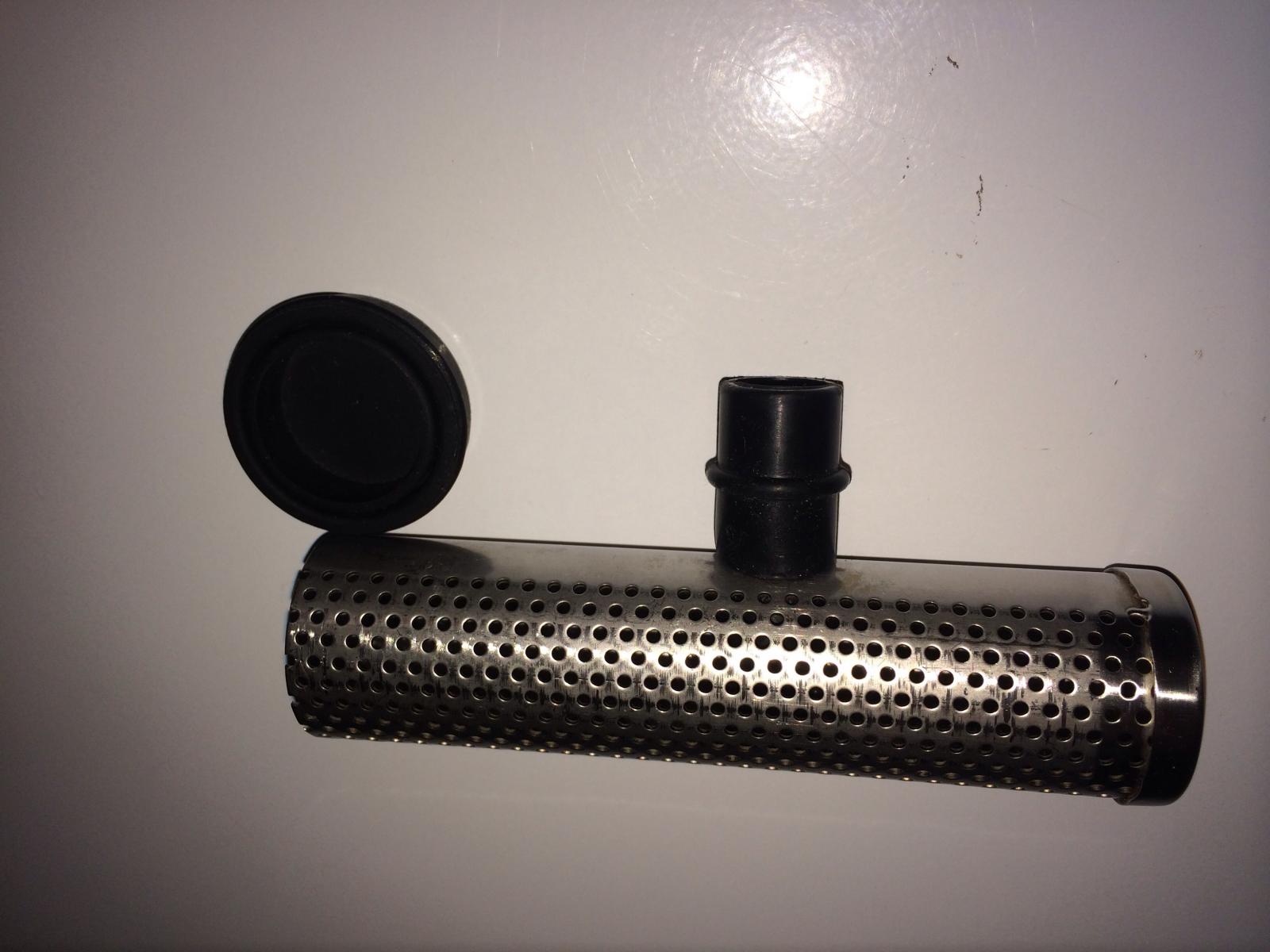I never saw any exclusion on the NB homepage so I went right to the grainfather system, added to the cart, entered the code and paid. It wasn't until after on a separate page I saw the exclusion.
If they call asking for more money, I'll just cancel the order. I've been right on the edge and this discount pushed me to purchase it.
I got it too. Scheduled to be here tomorrow. Haven't heard anything from them yet. Seems like an incredible price.

























![Craft A Brew - Safale S-04 Dry Yeast - Fermentis - English Ale Dry Yeast - For English and American Ales and Hard Apple Ciders - Ingredients for Home Brewing - Beer Making Supplies - [1 Pack]](https://m.media-amazon.com/images/I/41fVGNh6JfL._SL500_.jpg)

































